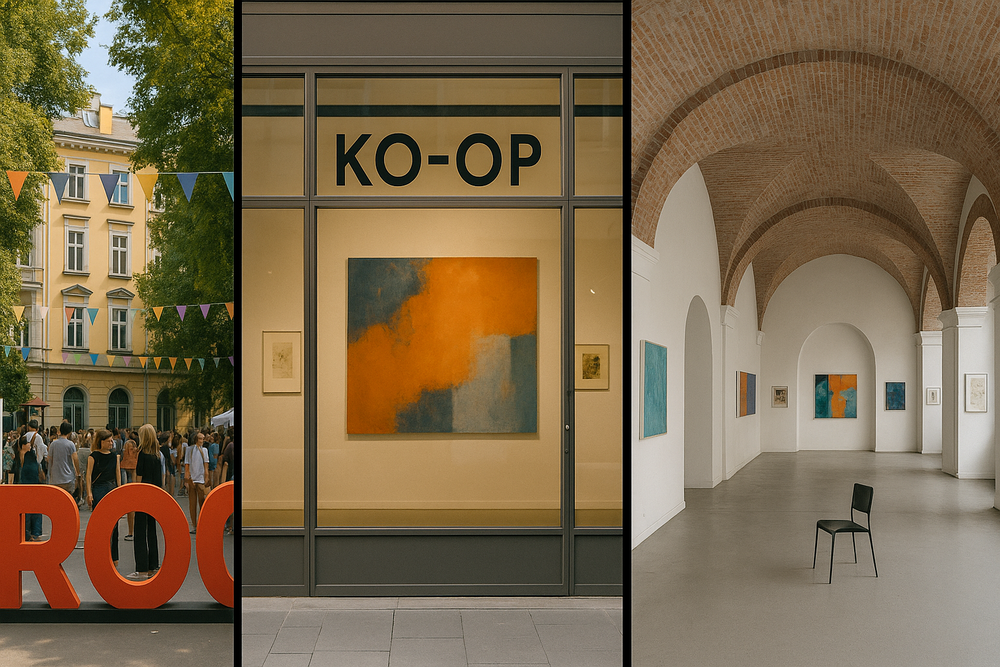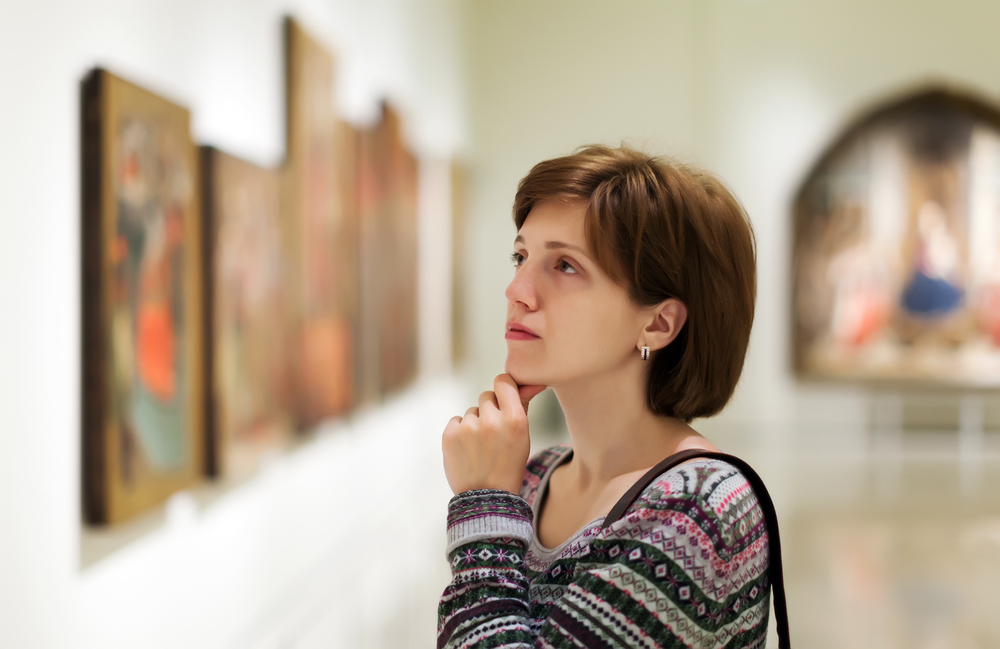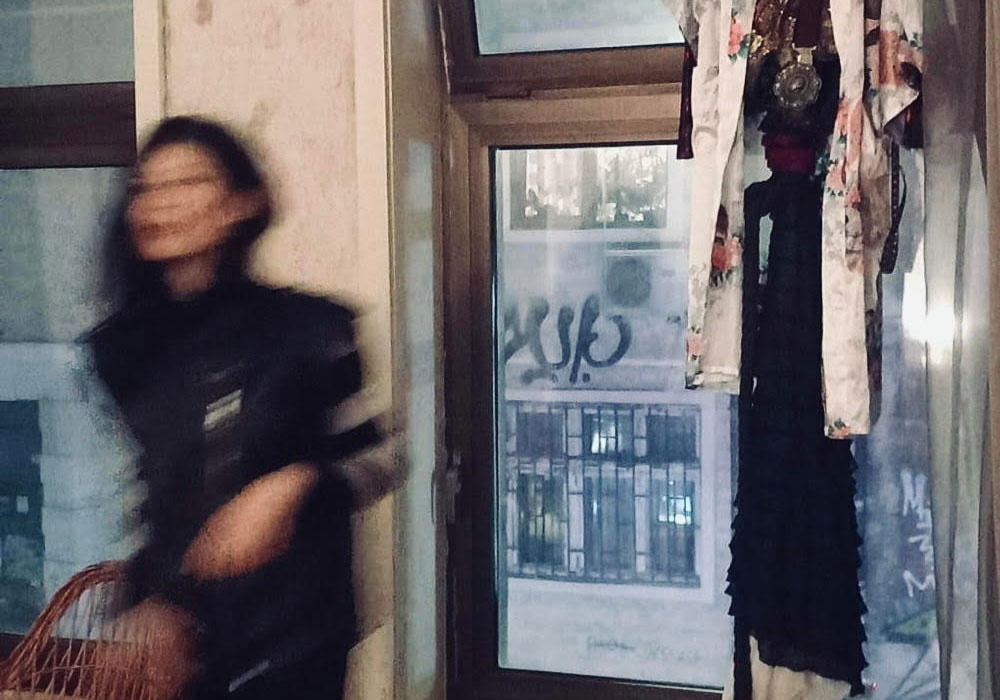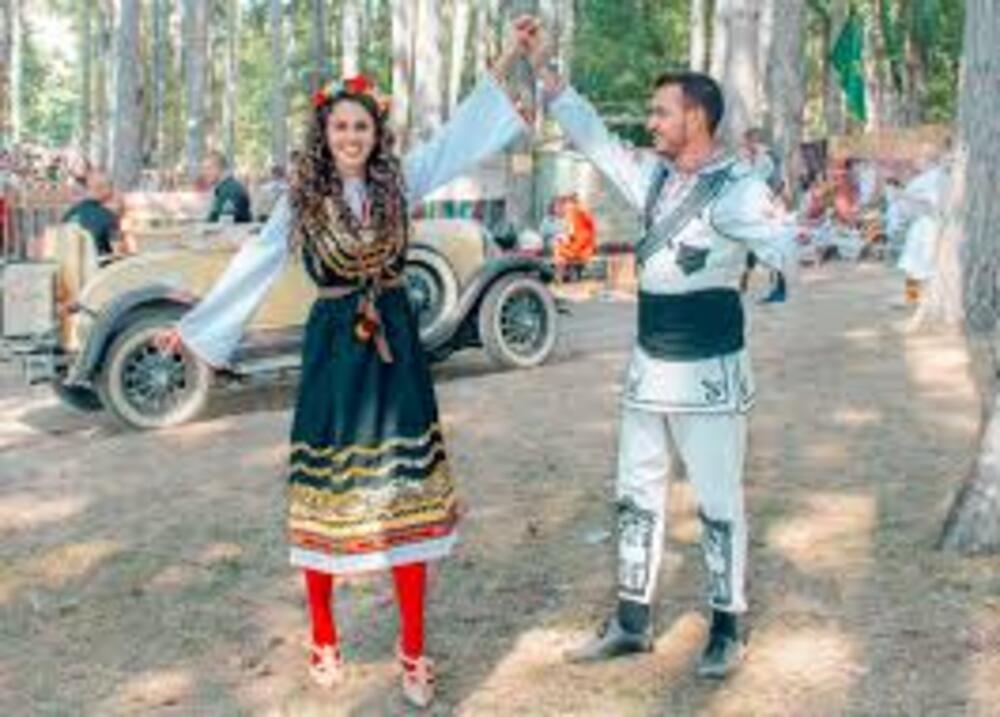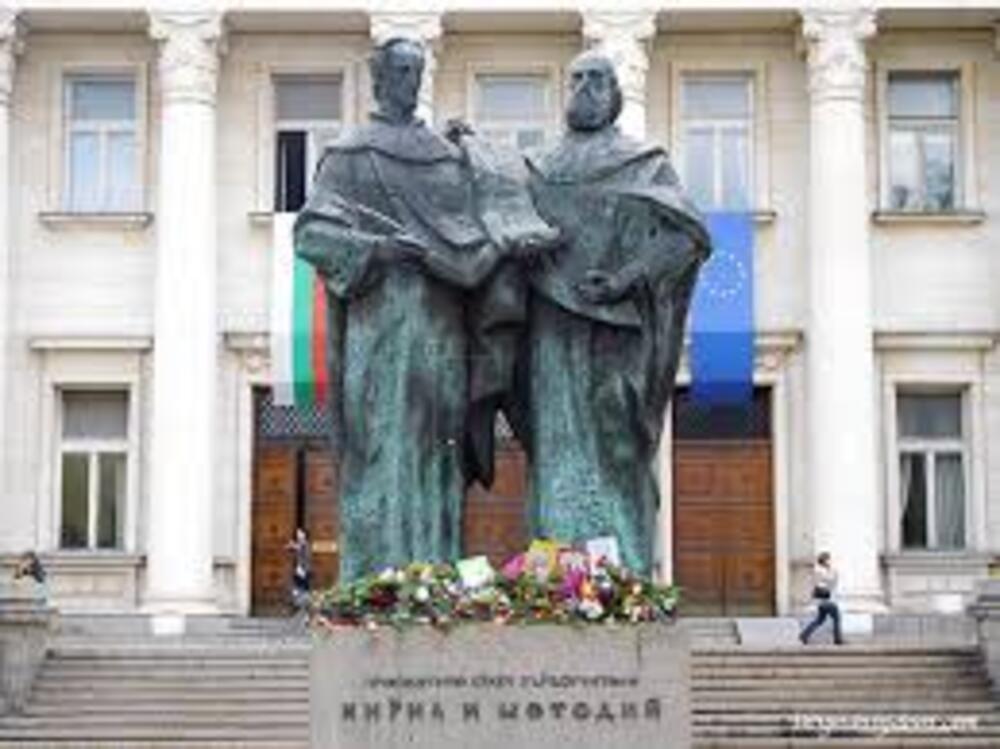
The Day of Slavic Literacy and the Arrival of Spring in Bulgaria
Bulgaria is a country where traditions, language, and history are deeply intertwined, and two of its most cherished celebrations — the Day of Slavic Literacy and Culture (May 24) and Baba Marta Day (March 1) — beautifully reflect the nation’s spirit and cultural identity.
The Day of Slavic Literacy and Culture, known in Bulgarian as “Den na Kiril i Metodiy”, is one of the most important national holidays. Celebrated every year on May 24, it honors Saints Cyril and Methodius — the creators of the Glagolitic alphabet, which later evolved into the Cyrillic script. Their work laid the foundation for Slavic literacy, culture, and education, shaping the spiritual heritage of many nations across Eastern Europe.
On this day, Bulgaria bursts into color and song. Cities and towns across the country host grand parades, concerts, and theatrical performances. Children, students, and teachers march through the streets carrying flowers, flags, and portraits of the two saints, while choirs sing patriotic songs dedicated to learning and enlightenment. The atmosphere is filled with pride and joy — a celebration not only of the alphabet but of knowledge itself.
In schools and universities, special ceremonies honor educators and scholars, recognizing their contribution to the nation’s intellectual and cultural development. Libraries and museums organize exhibitions dedicated to the history of Bulgarian writing, showcasing ancient manuscripts, rare books, and cultural artifacts. The holiday is often described as “the most spiritual day of the year,” as it celebrates both education and national unity.
Just a few months earlier, on March 1, Bulgarians welcome another beloved holiday — Baba Marta Day, the Day of the Coming Spring. On this day, people greet each other with the traditional phrase “Chestita Baba Marta!” (“Happy Grandma March!”) and exchange martenitsi — red and white woven adornments symbolizing health, happiness, and renewal. These small ornaments are worn on the wrist, pinned to clothing, or tied to trees once the first stork or blossoming tree of spring is seen.
The story of Baba Marta — a mythical grandmother figure whose moods control the weather — is deeply rooted in Bulgarian folklore. It is said that when she smiles, the sun shines, but when she becomes angry, winter returns for a few more days. The red and white threads of the martenitsa represent the balance of life: red for strength and vitality, white for purity and new beginnings.
Together, these two holidays — Baba Marta Day and the Day of Slavic Literacy and Culture — capture the essence of Bulgarian tradition. One celebrates the renewal of nature and human spirit; the other, the light of knowledge and the written word. Both remind Bulgarians of the importance of connection — to the earth, to each other, and to the shared heritage that has endured through centuries.
In Bulgaria, spring does not arrive only with the blooming of flowers; it also comes with the blossoming of minds and hearts. Through these festivals, the nation continues to honor its past while embracing the promise of renewal — in spirit, in culture, and in life itself.

